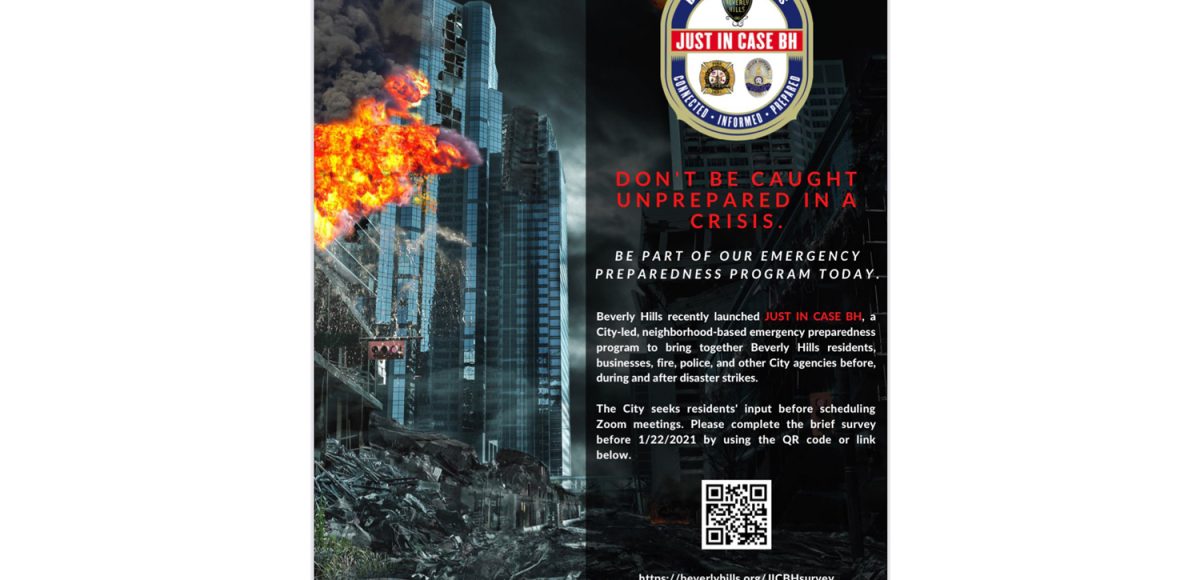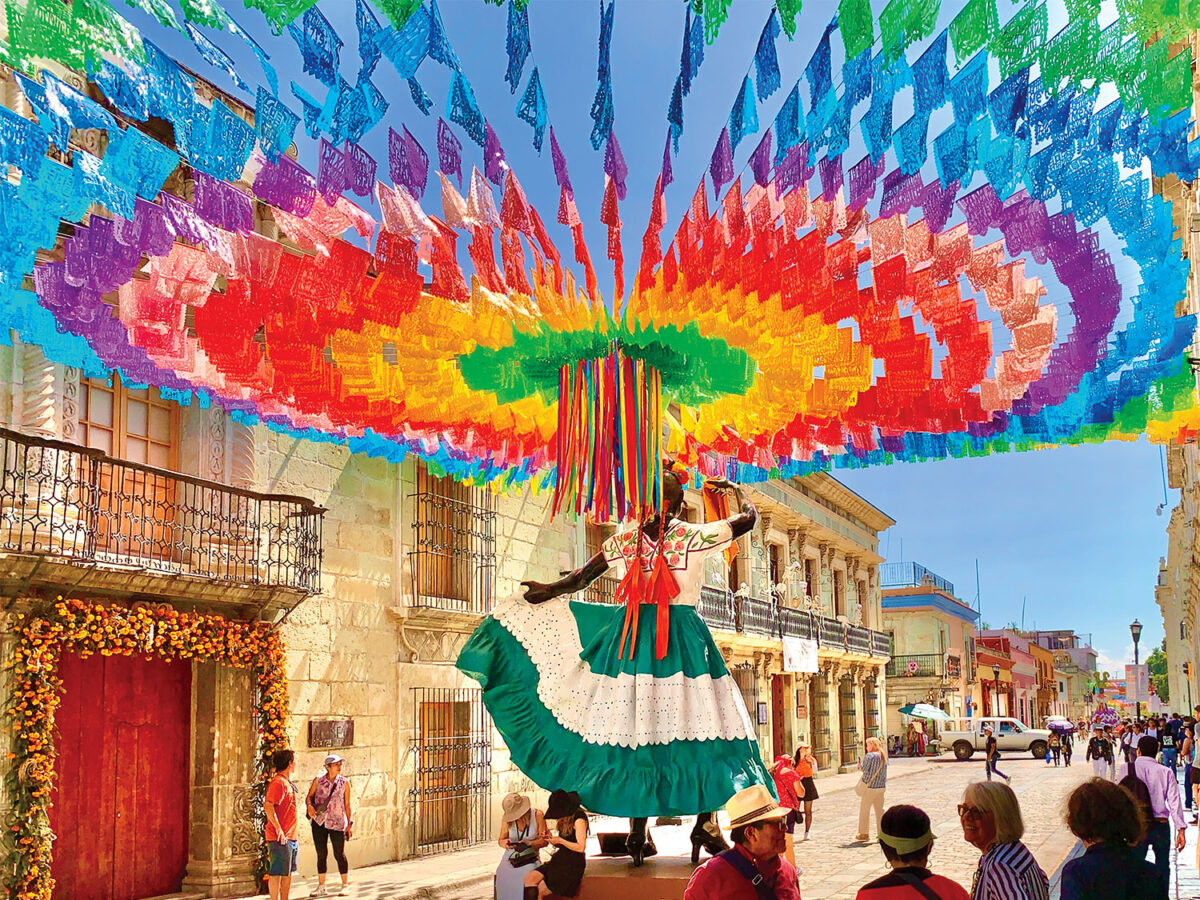Beverly Hills’ newest public safety program has a message for residents: join.
“We need as much support as possible,” said Vera Markowitz, who serves as a resident on the Advisory Committee for Just in Case BH.
The City of Beverly Hills, much like cities across the country, has experienced tumultuous events over the last nine months. The unrest of the spring spilled onto its most iconic thoroughfares, raucous and sometimes violent protests took over its normally placid parks, and the COVID-19 pandemic has tragically taken 21 of its residents. Spurred on by the moment, Beverly Hills has begun implementing a new and robust public safety program in the hopes of protecting against other worst-case scenarios. Just in Case BH, a “neighborhood-based emergency preparedness program” proposed by Councilmember Lili Bosse, seeks to bring together residents, businesses, and city agencies in the event of city-wide disasters. At the Jan. 26 Study Session, the City Council heard updates on the program’s implementation.
“Just in Case BH brings residents, businesses and all city services together by seamlessly assisting each other before, during, and after emergencies through disaster preparedness, organizational leadership, and communication,” said Fire Chief Greg Barton. “This is truly bringing everybody together in Beverly Hills as one unified voice to work through the problems, to be disaster prepared, and to have good communication amongst all those groups.”
The program enlists city residents and businesses into disaster response efforts by establishing a volunteer structure down to the block level that coordinates with the city’s emergency response infrastructure. At the top of the hierarchy is the Unified Command group made up of the City Manager, Fire Chief, Police Chief, and Public Information Officer. Working in consultation with Unified Command is the Just in Case BH Advisory Committee, composed of community leaders “who really get the flavor of what we’re doing and what we need to know,” Barton said.
Just in Case BH splits the city between north and south of Santa Monica Boulevard overseen by a North and South Coordinator. The city is further subdivided into nine zones with emergency centers in each. Each zone has a zone coordinator, who will meet quarterly with Fire and Police Departments and the Advisory Committee. Zone coordinators, in turn, share information with block captains, who then disseminate information to their neighbors.
This structure means that when a disaster hits, residents and businesses can assist each other while police and fire personnel address more pressing matters. The program takes into account the dangers of relying too much on modern forms of communication, such as disruptions to communication networks and viral misinformation. “This organizational structure provides our community with clear, accurate information, dispelling rumors and inaccurate messaging while also training our community to be self-reliant,” reads the staff report compiled for the meeting.
As Barton explained in the meeting: “It gets the neighborhood to know who’s trained in what and what they can do to help each other out. And then, even more importantly is, it’s a communication tree, kind of like a phone tree or knocking on each other’s door. So, when the messages get out and there is a disaster and cell phones are down, power is down, you can go block by block, neighbor by neighbor, to get the message out and get it delivered as best as possible to remove some of the confusion that can happen with messaging or other issues that could show up.”
The program also seeks to train residents through the Community Emergency Response Team (CERT) Training Program, which offers instructions in disaster preparedness, triage, first aid, search and rescue, and other essential disaster-related skills. Additionally, Just in Case BH will launch a website that will provide resources and up-to-date information in the case of an emergency. Finally, the Advisory Committee will put out a free manual with disaster preparedness information relevant to the community. The manual will be available for download on the program’s website but will also be distributed to the city’s 17,000 residents in hard copy form.
Barton encouraged residents to visit the program’s website, justincasebh.org, to learn more and to register as a volunteer. People can also email to justincasebh@beverlyhills.org or call 310-281-2754 with questions or comments.
“We need help from everybody to make this whole program come together,” said Barton.







